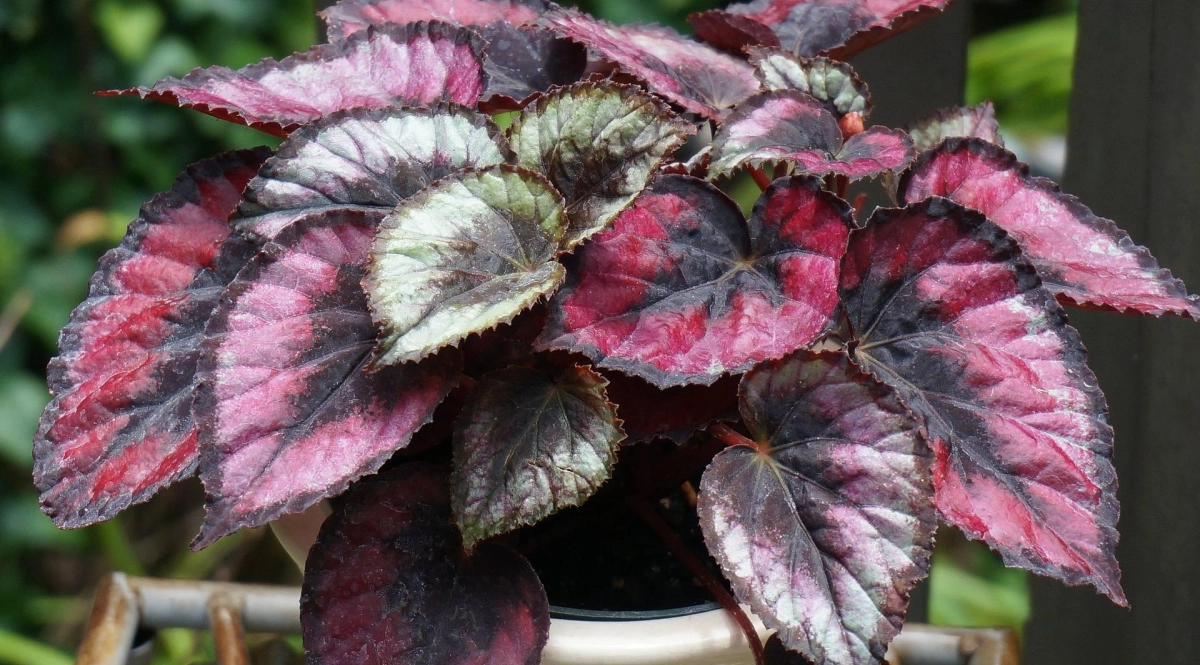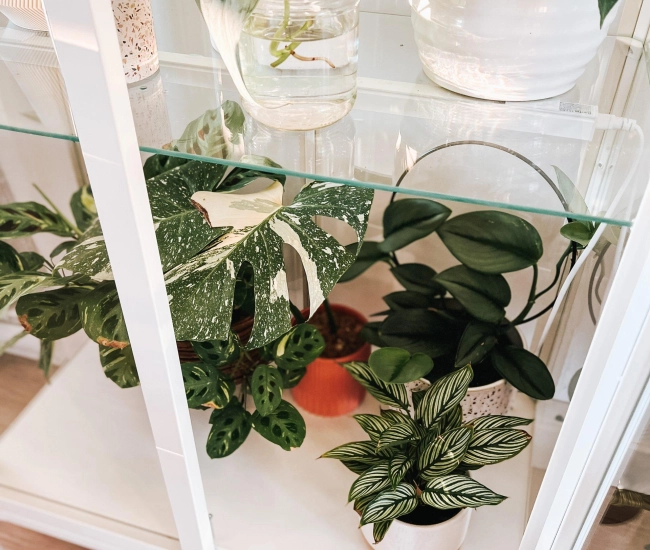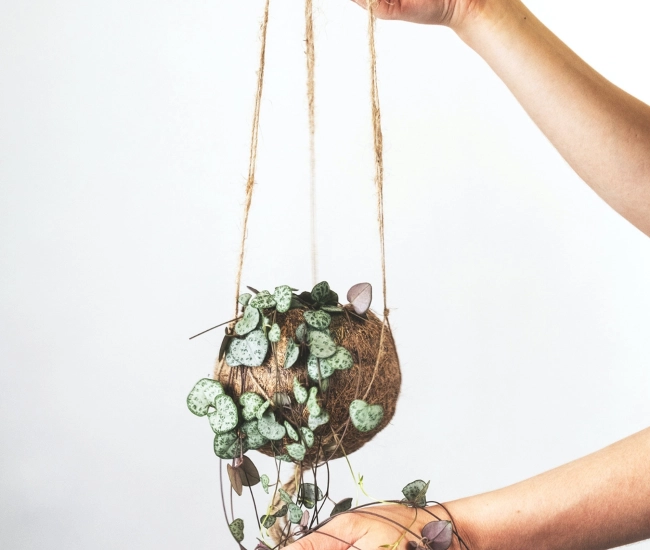
Bégonia rex – essential in the garden
The Begonia genus consists of about 900 species. It was discovered in the Caribbean in 1689 by Father Plumier (1646-1704 or 1706), a French botanist, during a trip organized in these regions by the intendant Michel Bégon. Today, the Rex begonia (king begonia) comprises several hybrids obtained by crossing the Rex begonia with other begonia species. The plant generally forms a small bush about 30 cm (12 in) in height and width. The flowers, often hidden by the leaves, are of no interest.
The Rex begonia is primarily cultivated for the unique patterns its leaves form, which feature unpredictable designs. These leaves are usually heart-shaped. A wide variety of leaf shapes and colors is now available on the market. First, the leaves can be bicolored or tricolored with shades of green, red, brown, and silver. Some leaves are toothed and variegated, while others are margined. Most leaves are crinkled. There’s something for everyone.
Care tips
Where to plant them?
They can be grown in the ground or in pots, indoors and outdoors during the nice season.
In an outdoor pot, the foliage of Rex begonias works wonders. They can be placed together or complement an arrangement.
In a flowerbed, they are perfect companions for hostas, lungworts, primroses (like at the Reford Gardens), or New Guinea impatiens.
Lighting
Rex begonias require light but not direct sunlight exposure. Outdoors, they prefer to be in the shade or partial shade.
Watering
Allow the soil to dry between waterings. Waterlogged soil can cause root rot. Avoid wetting the foliage, especially the center of the plant, to prevent the development of fungal diseases. You can place a saucer of clay pebbles under your pot if it’s too hot or the atmosphere is dry: during watering, pour just enough water so it doesn’t touch the bottom of the pot. The humidity will then be relatively high without soaking the plant. If the leaf tips turn yellow, the growing environment is too dry.
Fertilization
A light addition of fertilizer to the watering water every month is sufficient.
Indoor cultivation
The room temperature should not be too hot or too dry. Rex begonia reacts poorly to high temperatures during its winter cultivation at home, becoming etiolated.
Outdoor cultivation
Rex begonia can be grown outdoors once all risks of frost have passed.
Some suggestions
The Great American Cities™ series
Developed by Progenitor and marketed by AmerInnova, this series features brilliant foliage colors. These begonias are hybridized to avoid going dormant for a long period in winter during short days. They are therefore vigorous all year round. The cultivars of this series are thus trouble-free, versatile, and easy to grow.
Some beautiful cultivars:
“Albuquerque Midnight Sky”
“Charlotte Chiffon”
“Hilo Holiday”
“Mini Portland Picotee Pink”
“New York Swirl”
“Seattle Twist”
Rex Begonia “Escargot” (Begonia Rex ‘Escargot’)
The green and silver pattern of the “Escargot” Rex begonia leaves forms a spiral reminiscent of a snail shell. The evocative name of this begonia alone is enough to attract us to purchase this beautiful plant. The plant can reach 15 to 30 cm (6 to 12 in) in height and 30 cm (12 in) in width.
Rex Begonia “Fairy” (Begonia Rex ‘Fairy’)
The silver leaves of this cultivar, commercially selected by Proven Winners, are veined with green streaks, creating a very successful contrast. This begonia can reach 30 to 40 cm (12 to 16 in) in height and about 37 cm (15 in) in width. It is part of the Fancy Large series.
Tips and advice



